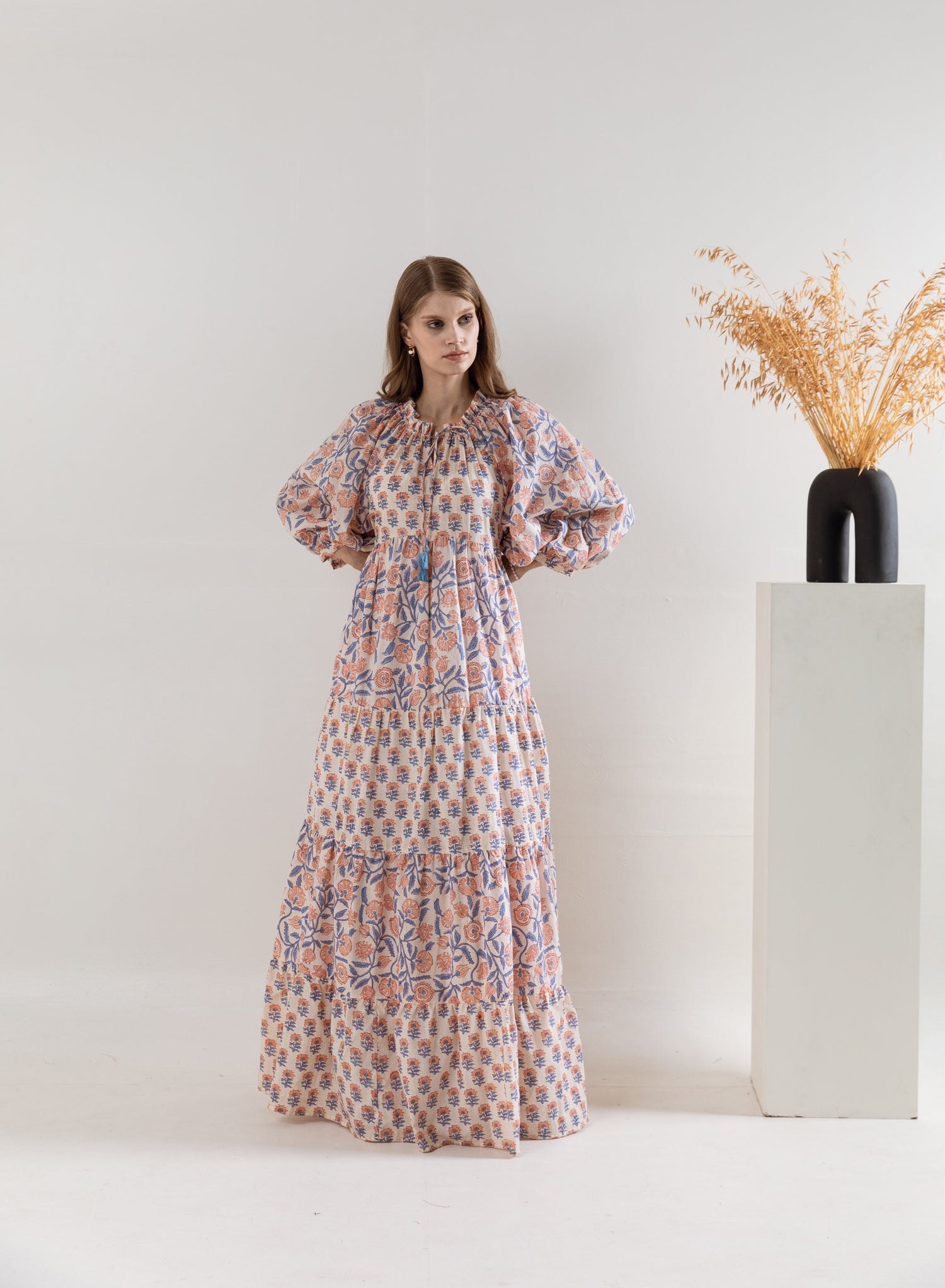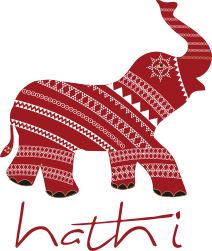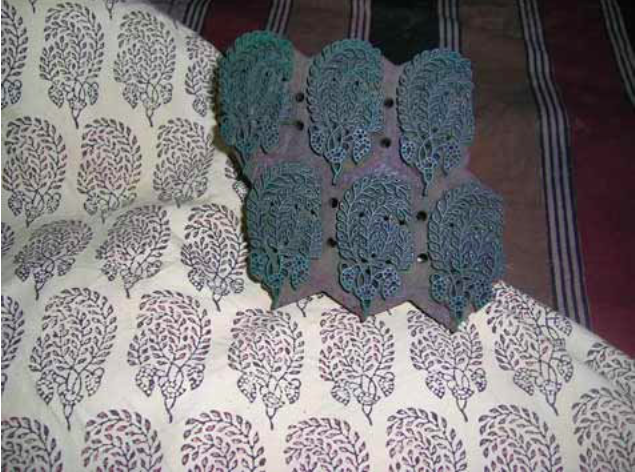The Origin
Printing and dyeing of cottons were originally developed in Rajasthan during the medievel period of India. Tents were made from printed fabrics and soon they became necessary part of royal processions. The seasons largely influenced the integration of the highly creative processes of weaving, spinning, dyeing and printing. Festivals also dictated this activity.
The earliest known example of block-printing is a copy of the Diamond Sutra from 868 A.D (currently in the British Museum). Even though the practice of block printing is probably about two thousand years old, trade in cotton cloth is said to have existed between India and Babylon from Buddha's time. Printed and woven cloths traveled to Indonesia, Malaya and the Far East. In the 17th century, Surat was established as a prominent center for export of painted and printed calicos, covering an extensive range in quality. Cheaper printed cloth came from Ahmedabad and other centers, and strangely enough Sanganer was not such a famous center for printing as it is today.

Printing Process
The first step in block printing is the production of the original document. This is laid on a large, smooth wooden block and fixed into place, reversed. Next, craftsmen of various skill levels, ranging from master carvers for the fine work to less talented artisans for cheaper blocks or less important sections, carve the original painted, drawn or written image into the block of wood. The block can now be covered with ink and used in a press to create duplicates of the original. One of the main benefit of Block-printing is that it allows greater artistic freedom, such as the easy inclusion of pictures and diagrams.

Block Printing in Gujarat
In Gujarat, this form of hand Printing has been practiced and perpetuated by the Paithapur families. They make intricate blocks, and print their textiles using the mud resist-Printing method. These prints are called Sodagiri (trader) prints. In Kutch, the popular patterns are black and red designs of birds, animals, and dancing girls. The saris of Ahmedabad and Baroda have large mango patterns against a red or blue background.
The other well known centers for block Printing in Gujarat are Bhavnagar, Vasna, Rajkot, Jamnagar, Jetpur and Porbandar. Dhamadka a village in Gujarat has many printers using mostly madder root for printing red color, rusty iron solution for black color and indigo for blue color. These fabrics are known as Ajrakh. The designs made by block printing are geometric.
Block Printing in Rajasthan
From Gujarat, the art of block Printing spread to Rajasthan. Here colourful prints of birds, animals, human figures, gods and goddesses are popular. The important centers are Jaipur, Bangru, Sanganer,Pali and Barmer.

Sanganer is famous for its Calico printed bed covers, quilts and saris. In form of hand Printing are Calico Printing, the outlines are first printed, and then the colour is filled in. Bold patterns and colours are popular. They are printed repeatedly in diagonal rows. Doo Rookhi Printing is also famous here. In this technique, artists print on both sides of the cloth.
Bagru is famous for its Syahi-Begar prints and Dabu prints. The former are designs in a combination of black and yellow ochre or cream. The latter are prints in which portions are hidden from the dye by applying a resist paste. Barmer is known for its prints of red chilies with blue-black outlines, surrounded by flower-laden trees. The other famous prints are of horses, camels, peacocks and lions, called Sikar and Shekahawat prints.


